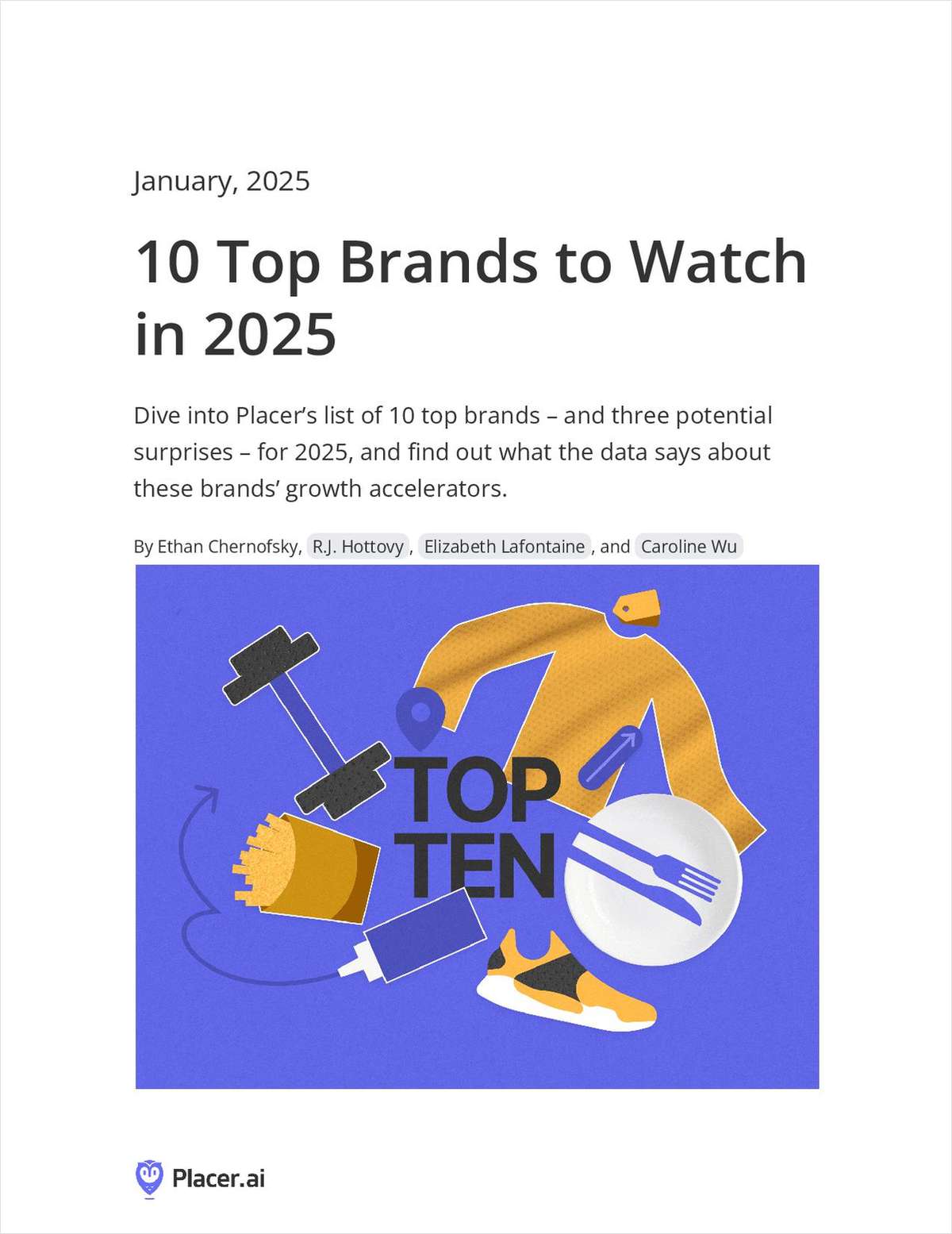About The Author

An irreverent take on the macroeconomic environment. Dr Sam Chandan is President and Chief Economist of Chandan Economics and an adjunct professor in real estate and public policy at the Wharton School of the University of Pennsylvania.
CONNECT WITH THIS AUTHOR
December 14, 2012
November 27, 2012
October 24, 2012
September 25, 2012
September 01, 2012
August 06, 2012
July 09, 2012
April 08, 2012







